UNSCO Sites In India || India has 40 UNESCO World Heritage Sites
India is a country with a rich and diverse cultural heritage, and it is home to some of the most stunning architectural marvels in the world. UNESCO has recognized India’s cultural heritage by declaring 40 sites as World Heritage Sites. These sites range from ancient caves and temples to historic forts and palaces. In this blog post, we’ll take a closer look at these 40 sites, their history, and what makes them so special.

Dholavira and Ramappa Temple are the latest addition to the list under the ‘Cultural’ category In UNSCO.
| UNSCO SITE NAME | CITY | YEAR |
| Dholavira | Gujarat | 2021 |
| Kakatiya Rudreshwara (Ramappa) Temple | Telangana | 2021 |
| The Architectural Work of Le Corbusier, an Outstanding Contribution to the Modern Movement | Chandigarh | 2016 |
| Victorian and Art Deco Ensemble of Mumbai | Maharashtra | 2018 |
| Historic City of Ahmedabad | Gujarat | 2017 |
| Jaipur City | Rajasthan | 2020 |
| Archaeological Site of Nalanda Mahavihara (Nalanda University) | Bihar | 2016 |
| Rani-Ki-Van | Gujarat | 2014 |
| Hill Forts of Rajasthan | Rajasthan | 2013 |
| The Jantar Mantar | Rajasthan | 2010 |
| Red Fort Complex | Delhi | 2007 |
| Champaner-Pavagadh Archaeological Park | Gujarat | 2004 |
| Chhatrapati Shivaji Terminus | Maharashtra | 2004 |
| Rock Shelters of Bhimbetka | Madhya Pradesh | 2003 |
| Mahabodhi Temple Complex at Bodh Gaya | Bihar | 2002 |
| Mountain Railways of India | Tamil Nadu | 1999 |
| Humayun’s Tomb, Delhi | Delhi | 1993 |
| Qutb Minar and its Monuments, Delhi | Delhi | 1993 |
| Buddhist Monuments at Sanchi | Madhya Pradesh | 1989 |
| Elephanta Caves | Maharashtra | 1987 |
| Great Living Chola Temples | Tamil Nadu | 1987 |
| Group of Monuments at Pattadakal | Karnataka | 1987 |
| Churches and Convents of Goa | Goa | 1986 |
| Fatehpur Sikri | Uttar Pradesh | 1986 |
| Group of Monuments at Hampi | Karnataka | 1986 |
| Khajuraho Group of Monuments | Madhya Pradesh | 1986 |
| Group of Monuments at Mahabalipuram | Tamil Nadu | 1984 |
| Sun Temple, Konarak | Orissa | 1984 |
| Agra Fort | Uttar Pradesh | 1983 |
| Ajanta Caves | Maharashtra | 1983 |
| Ellora Caves | Maharashtra | 1983 |
| Taj Mahal | Uttar Pradesh | 1983 |
Detail of all UNSCO 40 sites in India
- Agra Fort
- It is the 16th Century Mughal Monument called the Red Fort of Agra.
- Jahangir Palace and the Khas Mahal built by Shah Jahan are part of Unsco site Agra Fort.
- This is one of the most prominent monumental structures by the Mughal empire….
- Ajanta Caves
- These are rock-cut caves.
- There are a total of 29 caves.
- Famous for Buddhist Rock-cut Cave Monuments. It is richly decorated with Paintings and Frescoes like Sigiriya Paintings.
- Archaeological Site of Nalanda Mahavihara at Nalanda
- Nalanda is the most ancient university in India.
- The archaeological remains of a monastic and scholastic institution dating from the 3rd century BCE to the 13th century CE are found here.
- Buddhist Monuments at Sanchi
- Monolithic pillars, palaces, temples and monasteries are part of it.It is popular for Monolithic Pillars, Palaces, Monasteries, Temples Mauryan Architecture, Ye Dharma Hetu Inscription
- It is considered the oldest Buddhist Sanctuary in existence.
- Champaner-Pavagadh Archaeological Park
- Unexcavated archaeological, historic and living cultural heritage properties are a part of it.
- Structures built between the 8th and 14th centuries like fortifications, palaces, religious buildings, residential precincts, agricultural structures and water installations; are found here.
- This place is the only complete and unchanged Islamic pre-Mughal city. The park also houses some of the ancient Chalcolithic Indian Sites, from the Stone Age era
- Chhatrapati Shivaji Terminus
- The former name of CST was Victoria Terminus.
- It is popular for central Railways Headquarters, Terror Attacks on Mumbai in 2008, Gothic Style Architecture
- It represents the Victorian Gothic Revival architecture in India.
- British architect F. W. Stevens built and designed it.
- Churches and Convents of Goa
- The churches of the city which was the Portuguese capital signifies the evangelization of Asia.
- It is famous for Rome of the Orient, First Manueline, Mannerist and Baroque Art Forms in Asia, First Latin Rite Mass in Asia
- Elephanta Caves
- Gharapuri Caves is the local name of Elephanta Caves.
- There are seven caves in UNSCO Site
- It is popular for Buddhist and Hindu caves. It is situated on Island in the Arabian Sea. And has Basal Rock Caves, and Shiva Temples.
- Ellora Caves
- There are 34 monasteries and temples.
- Jain and Hindu Temples and Monasteries. These caves were excavated out of Hills, and it is a rock-cut Architecture…
- Fatehpur Sikri
- Mughal Emperor Akbar built it.
- It had been a Mughal capital for 10 years.
- Jama Masjid is a part UNSCO site.
- It structure constitutes of four main Monuments. The Jama Masjid, The Buland Darwaza,
- Panch Mahal or Jada Baai ka Mahal, Diwane-Khas, and Diwan-eaam
- Great Living Chola Temples
- It includes temples like the theBrihadisvara Temple at Thanjavur, the Brihadisvara Temple at Gangaikondacholisvaram and the Airavatesvara Temple at Darasuram.
- This temple is popular for Chola Architecture, Sculpture, Painting, and Bronze Casting
- Group of Monuments at Hampi
- Hampi has served as the last capital of the Vijayanagar Empire.
- Prosperous kingdom of Vijayanagar. The ruins at Hampi depict the fine Dravidian style of art and architecture. The most important heritage monument in this site is the Virupaksha Temple…
- Group of Monuments at Mahabalipuram
- The group is best known for Rathas, Mandapas, Giant open-air reliefs, etc.
- This monument is famous for the Mahabalipuram Largest. Open Air Rock Relief, Mandapas, Chariot Temples, It is a Pallava Dynasty Architecture
- This monument is popular for a group of Jain and Hindu Temples.
- It is situated 175 km southeast of Jhansi. Well known for their Nagara style symbolism and erotic Figures and sculptures
- Group of Monuments at Pattadakal
- The monuments represent the Chalukyan art.
- Hindu temples and Jain sanctuary are a part of it.
- It is popular for its Chalukya style of architecture that originated in Aihole and blended with the Nagara and Dravidian styles of architecture
- Hill Forts of Rajasthan
- Chittorgarh fort; Kumbhalgarh fort; Sawai Madhopur fort; Jhalawar fort; Jaipur fort, and Jaisalmer fort are part of these hill forts.
- This place is famous for its unique Rajput Military Defense Architecture. It includes six majestic forts in Chittorgarh, Kumbhalgarh, Ranthambore Fort, Gagron Fort, Amber Fort, and Jaisalmer Fort
- Historic City of Ahmadabad
- Sultan Ahmad Shah founded the walled city in the 15th Century.
- Humayun’s Tomb
- It was built in 1570.
- It is popular for the Precursors to the Taj Mahal and Mughal Architecture. It constitutes a Tomb, a Pavilion, any Water Channels, and A Bath
- It stands as the first garden-tomb in the Indian subcontinent.
- Jaipur City
- Sawai Jai Singh-II founded the city in 1727.
- Khajuraho Group of Monuments
- It contains Chandely Dynasty-built temples.
- Hinduism and Jainism are two religions to which temples are dedicated.
- Mahabodhi Temple Complex
- It is one of the four holy sites related to the Buddha’s life.
- An important religious center for the Buddhists as this was the place where Mahatma Buddha attained enlightenment. Bodh Gaya is considered as the holiest pilgrimage spot for the Buddhists.
- Mountain Railways of India
- Darjeeling Himalayan Railway, Nilgiri Mountain Railway, and Kalka Shimla Railway are three railways included in this site.
- Qutb Minar and its Monuments
- Qutb Minar was built in the 13th century.
- It is the highest tower in India.
- Includes Qutub Minar, Alai Darwaza, Alai Minar, Qubbat-ul-Islam Mosque, Tomb of Iltumish, and Iron Pillar
- Rani-ki-Vav (the Queen’s Stepwell)
- It stands on the banks of Saraswati River.
- It is built in Maru-Gurjara architectural style.
- It is an explicit example of fine Ancient Indian architecture which is constructed during the time of the Solanki dynasty
- Red Fort
- It was built as the palace fort of Shah Jahan’s capital Shah Jahanabad.
- Salimgarh Fort is a part of this complex.
- It is popular for Shahjahanabad, Persian, Timuri and Indian Architectural Styles, Red Sandstone Architecture, Moti Masjid
- Rock Shelters of Bhimbetka
- Dr V. S. Wakankar had discvoered the Bhimbetka Caves in 1958.
- It is famous for Rock Paintings within Natural Rock Shelters, Stone Age Inscriptions, Sitting Place of Bhima (Mahabharata
- Sun Temple
- King Narasimhadeva I built this in the 13th Century.
- It represents the Kalinga architecture.
- This temple is famous for the traditional style of Kalinga Architecture
- Taj Mahal
- Mughal Emperor built Taj Mahal.
- It stands on the Yamuna river banks.
- This is one of the Seven Wonders of the World. King Shahjahan had built this structure in the memory of his third wife Begum Mumtaz Mahal
- The Architectural Work of Le Corbusier, an Outstanding Contribution to the Modern Movement
- There are 17 sites on three continents.
- Complexe du Capitole in Chandigarh, India is a part of this.
- The Jantar Mantar
- Rajput king Sawai Jai Singh II built the astronomical observation site.
- Famous for Architectural Astronomical Instruments, Maharaja Jai Singh II, Largest of its kind Observatory
- Victorian Gothic and Art Deco Ensembles of Mumbai
- Victorian Neo-Gothic public buildings and Art Deco in Mumbai buildings are part of this collection.
- Great Himalayan National Park-Conservation Area
- It is home to about 375 fauna species and several floral species, including some very rare species of plants and animals such as blue sheep, snow leopard, Himalayan brown bear, Himalayan Tahr, musk deer spruces, horse chestnuts, and huge alpine meadows.It is a part of the Himalayan Biodiversity Hotspots
- High alpine peaks, alpine meadows and riverine forests in this conservation area in Himachal Pradesh.
- Kaziranga National Park
- It is located in Golaghat and Nagaon, in the Karbi Anglong district of Assam in northeast India.
- Read more about the Kaziranga National Park in the linked article.
- Famous for Worlds 2/3rd population of Great One-Horned Rhinoceroses. It has the highest density of Tigers in the World, Wild Water Buffalo, Elephants, Swamp Deer, and the park is also recognized as the Important Bird Area
- Keoladeo National Park
- Bharatpur Bird Sanctuary was the former name of this National Park.
- Siberian Crane is one of those aquatic birds that make this park a wintering area.
- This National Park is popular for Man-Made Wetland Bird Sanctuary, Hotspot for Ornithologists, and Siberian Cranes.
- Manas Wildlife Sanctuary
- It is the first reserve included in the network of tiger reserves under Project Tiger in 1973.
- This sanctuary is famous for Project Tiger Reserve, Biosphere Reserve and Elephant Reserve
- It is also a biosphere reserve.
- Nanda Devi and Valley of Flowers National Parks
- Nanda Devi West is the second-highest mountain in India.
- It is famous for Snow Leopard, Asiatic Black Bear, Brown Bear, Blue Sheep, and Himalayan Monal, World Network of Biosphere
- Western Ghats
- These are one of the biodiversity hotspots.
- Get comprehensive notes on Western Ghats in the linked article.
- Famous for Among World’s Ten “Hottest Biodiversity Hotspots”. Includes many National Parks, Wildlife Sanctuaries, and Reserve Forests
- Khangchendzonga National Park
- Mount Khangchendzonga is the world’s third-highest peak.
- Kakatiya Rudreshwara (Ramappa) Temple
- Built in the 13th century CE, the temple is a Kakatiyan marvel made of sandstone.
- The Ramappa Temple is situated in Palampet Village, Telangana. The temple is estimated to be at least 800 to 900 years old. The temple is especially known for lightweight porous bricks which are known as floating bricks
- The structure has decorated beams and pillars of carved granite and dolerite with a distinctive and pyramidal Vimana made of lightweight porous bricks, so-called ‘floating bricks’, which reduced the weight of the roof structures.
- Dholavira
- Discovered by archaeologist Jagat Pati Joshi in 1968, Dholavira gets its name from the village in Kutch district of Gujarat.
- In ancient India, it has remained a commercial and manufacturing hub for about 1,500 years till its decline by 1500 BC.
- It was Indus Valley Civilization’s fifth-largest metropolis after Mohen-jo-Daro, Ganweriwala, Harappa
- and Rakhigarhi.


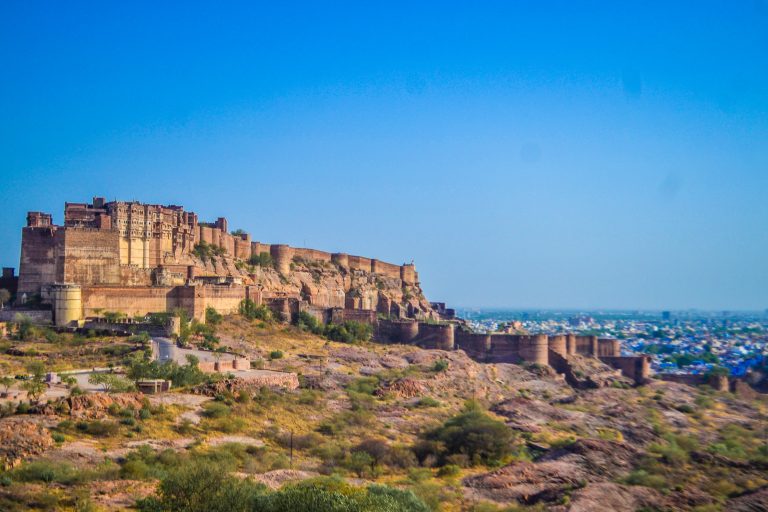
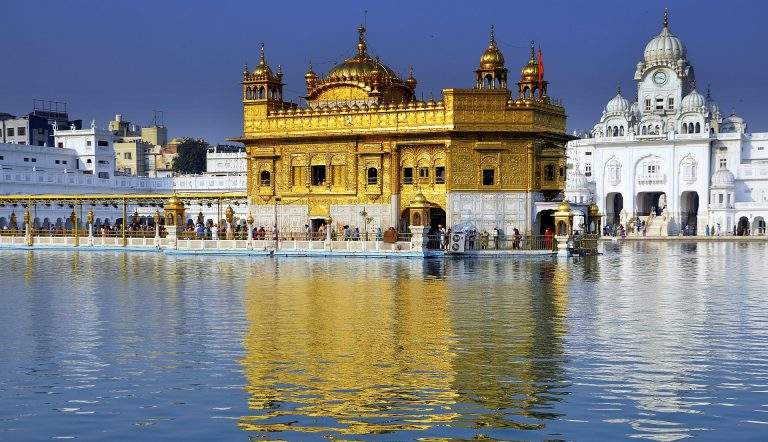
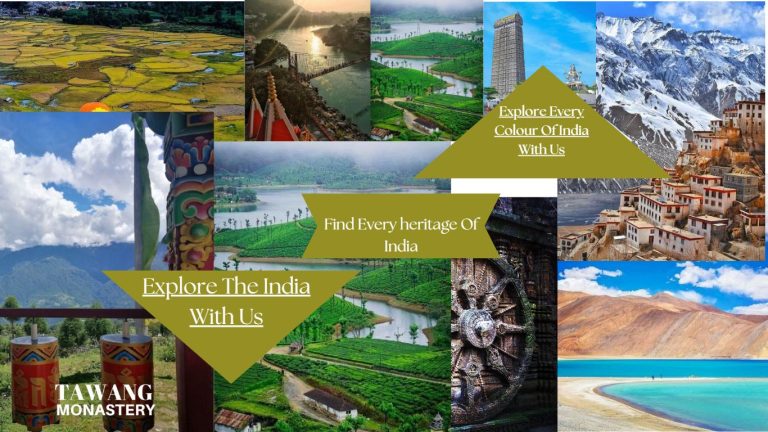
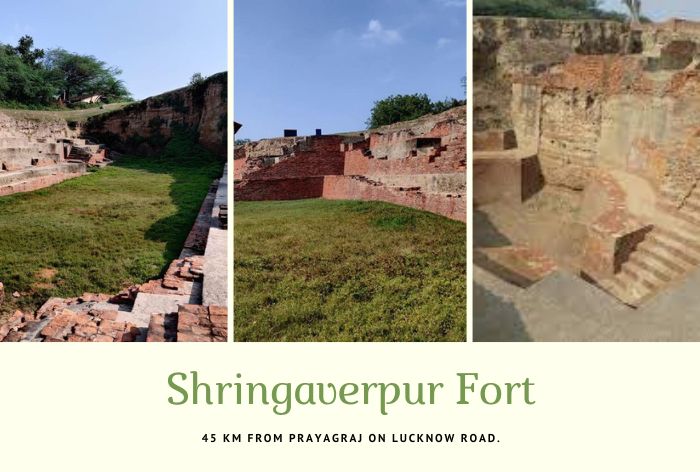
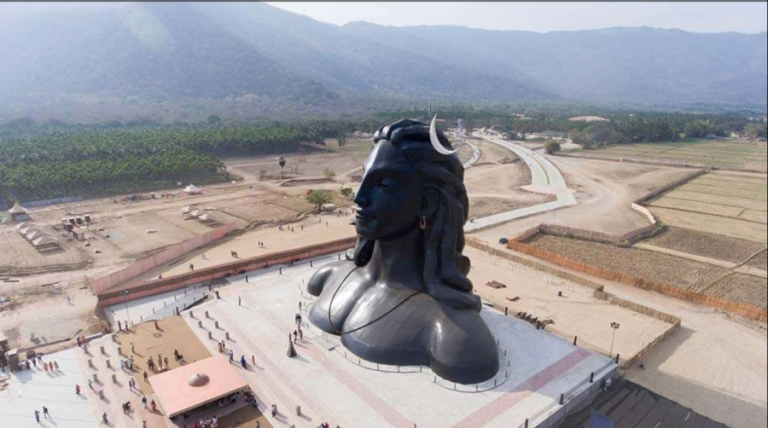
One Comment